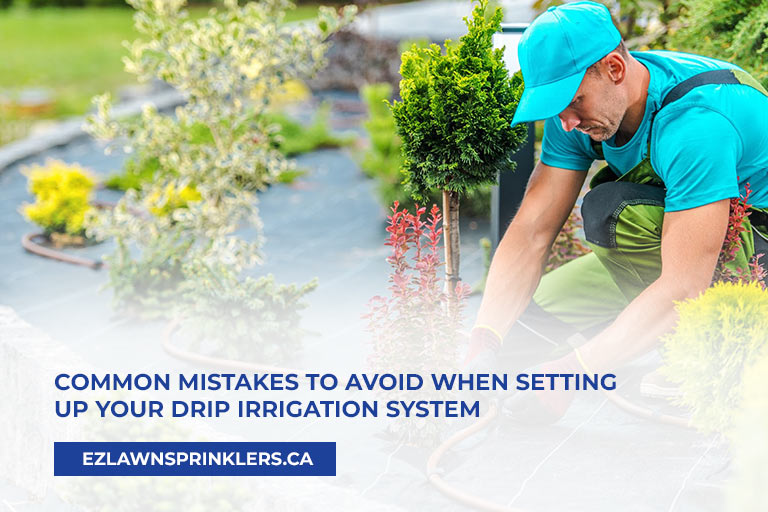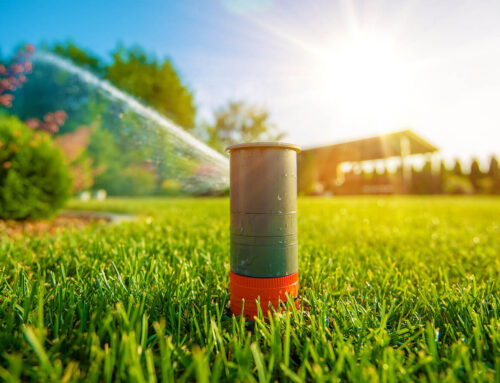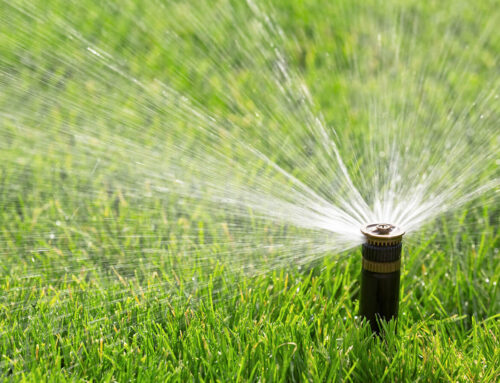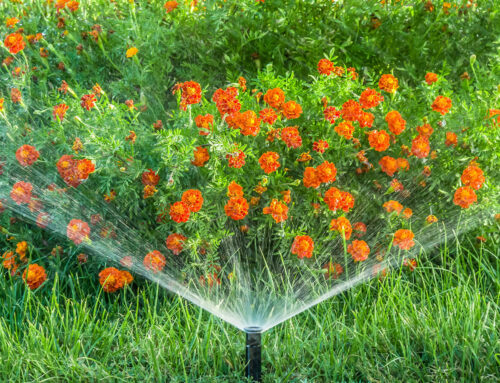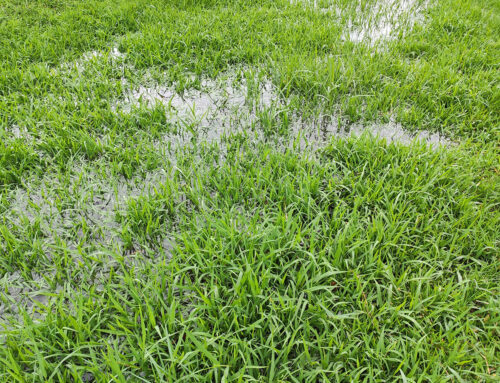Setting up a drip irrigation system can significantly enhance your garden’s health while conserving water. According to a recent global market report, drip irrigation is increasingly favoured for urban and landscaping applications, a trend expected to drive its growth in the coming years.
Despite its advantages, proper installation is critical, and common mistakes can compromise the system’s effectiveness. Whether you’re a seasoned gardener or a DIY enthusiast, understanding these pitfalls is essential.
Let’s explore frequent errors made during setup and offer practical tips to help you avoid them. By addressing these issues, you’ll ensure your system provides the precise amount of water your plants need to thrive.
Overlooking Proper System Design
A common mistake is diving into installation without a well-thought-out plan. Proper design ensures that each plant receives the right amount of water and prevents inefficient water use.
Design errors often include:
- Improper Emitter Placement: Placing emitters too close together or too far apart can lead to uneven watering. Some plants might get too much water while others receive too little.
- Ignoring Plant Needs: Different plants have varying water requirements. A one-size-fits-all approach often leads to suboptimal growth. For example, high-water plants placed alongside drought-tolerant ones can cause issues.
- Neglecting Terrain and Layout: Failing to account for the garden’s slope and layout can result in water pooling in low areas and insufficient coverage on slopes.
Tips for creating an effective design plan:
- Assess Plant Needs: Evaluate the water requirements of each plant species and plan emitter placement accordingly. Group plants with similar water needs together.
- Map Your Garden: Create a detailed layout of your garden, noting where each plant is located and how water will flow through the area.
- Plan for Future Growth: Design with future plant growth in mind. Ensure that the system can accommodate new plants or changes in the garden layout.
If you’re unsure about designing your system, consulting with a professional, such as a sprinkler system installer, can provide valuable insights and help you avoid common pitfalls.
Skipping the Soil and Plant Needs Assessment
Many gardeners make the mistake of installing a drip system without considering the specific requirements of their soil and plants, which can lead to ineffective watering and poor plant health.
Common mistakes in this area include:
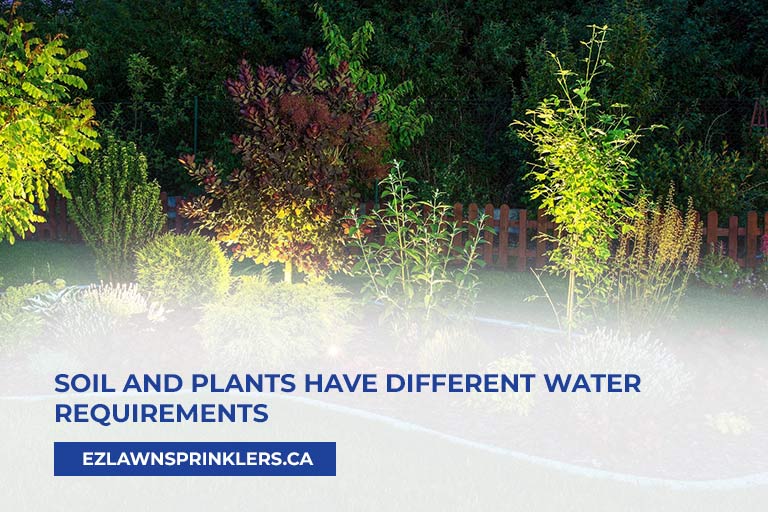
- Misjudging Soil Type: Different soils have varying water-holding capacities. For example, clay soils hold water longer and require less frequent irrigation, while sandy soils drain more quickly and may require more frequent watering.
- Ignoring Plant Water Needs: Plants have different water requirements based on their type, size, and stage of growth. Installing a system without accounting for these variations can result in overwatering some plants and underwatering others.
- Inadequate Flow Rate Selection: Choosing emitters with flow rates that don’t match your soil’s absorption rate can lead to waterlogging or insufficient watering. For example, using high-flow emitters in clay soil can cause runoff and erosion.
How to assess and adjust for soil and plant needs:
- Test Your Soil: Conduct a soil test to determine its type and water-holding capacity. This information will guide you in selecting the right emitters and adjusting your watering schedule.
- Understand Plant Requirements: Research the water needs of different plants in your garden. Group plants with similar needs together and use different emitter types or flow rates as needed to meet their specific requirements.
- Adjust Emitter Flow Rates: Select emitters based on your soil’s absorption rate. For sandy soils, choose emitters with a lower flow rate and ensure they’re spaced closer together. For clay soils, higher flow rates might be appropriate, but monitor for runoff and adjust as necessary.
Incorrectly Installing Emitters and Tubing
Many issues with drip systems arise from improper installation, leading to inefficient watering and potential damage to plants. Avoiding these common installation errors will help ensure that your system works as intended.
Common installation mistakes include:
- Improper Emitter Spacing: If emitters are placed too close together or too far apart, some plants may receive too much water while others get too little. This uneven distribution can harm plant growth and reduce the system’s overall efficiency.
- Incorrect Tubing Placement: Tubing that is not laid out correctly can lead to water pressure issues or obstructions that prevent water from reaching all parts of the garden. Issues like kinks, twists, or incorrect lengths can disrupt the water flow.
- Failure to Secure Connections: Loose or improperly secured connections can lead to leaks, reducing the system’s efficiency and potentially causing water wastage. Ensuring all connections are tightly sealed is crucial to maintaining a functioning system.
Best practices for emitter and tubing installation:
- Follow Manufacturer Guidelines: Always refer to the manufacturer’s instructions for emitter placement and tubing installation. These guidelines are designed to help you achieve optimal performance.
- Use a Layout Plan: Implement a detailed layout plan that specifies where each emitter and piece of tubing should go. This helps ensure even distribution and prevents common errors.
- Secure Connections: Ensure that all tubing connections and emitter fittings are properly secured to prevent leaks. Use connectors and stakes designed for drip irrigation to keep everything in place.
- Check for Proper Water Flow: After installation, test the system to ensure that water flows evenly to all areas. Adjust emitter placements or tubing as needed to correct any inconsistencies.
Neglecting Regular Maintenance and Checks
Many gardeners make the mistake of setting up their system and then forgetting about it, leading to issues such as clogs, leaks, and decreased efficiency. Regular checks and maintenance can prevent these problems and ensure your system continues to operate effectively.
Common issues due to neglect include:
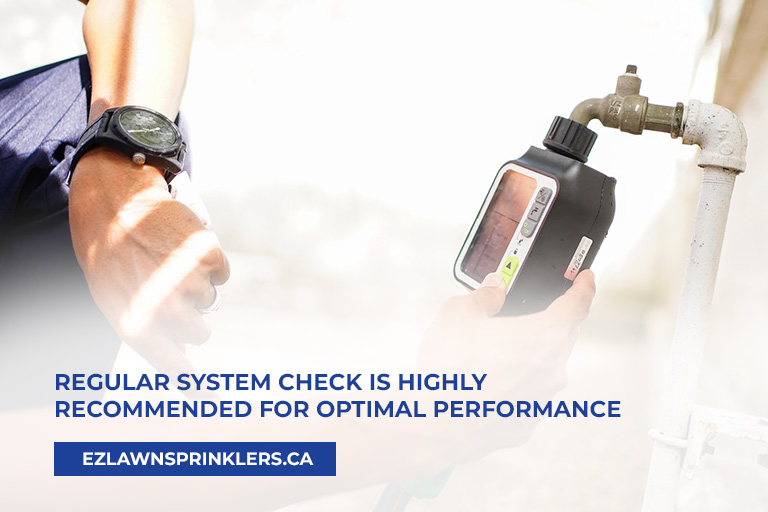
- Clogged Emitters: Debris and mineral deposits can clog emitters, leading to uneven watering or complete blockage. This often results in plants not receiving enough water, which can affect their growth and health.
- Leaks and Drips: Over time, tubing and connections can develop leaks due to wear and tear or damage. Leaks not only waste water but can also create waterlogged areas in your garden.
- Pressure Imbalances: Changes in water pressure can affect the performance of your drip system. Pressure imbalances can cause inconsistent watering, with some areas receiving too much water and others too little.
Maintenance tips to ensure long-term system efficiency:
- Regular Inspections: Periodically check all components of your system, including emitters, tubing, and connections, for signs of wear or damage. Address any issues promptly to avoid further complications.
- Clean Emitters: Clean emitters regularly to prevent clogs. Flushing the system periodically can help remove debris and prevent build-up that leads to blockages.
- Monitor Water Pressure: Ensure that water pressure remains within the recommended range for your system. Adjust pressure regulators if needed to maintain consistent performance.
- Replace Worn Parts: Replace any damaged or worn components as soon as possible to maintain system integrity. Keeping spare parts on hand can make this process quicker and easier.
Keep Your Drip System in Top Shape!
Avoiding common mistakes in your drip irrigation setup can make all the difference in your garden’s health and efficiency. For expert assistance with drip irrigation in Toronto, reach out to EZ Lawn Sprinklers at (416) 580-3939. Our team is ready to help you optimize your system for the best results. Happy gardening!

